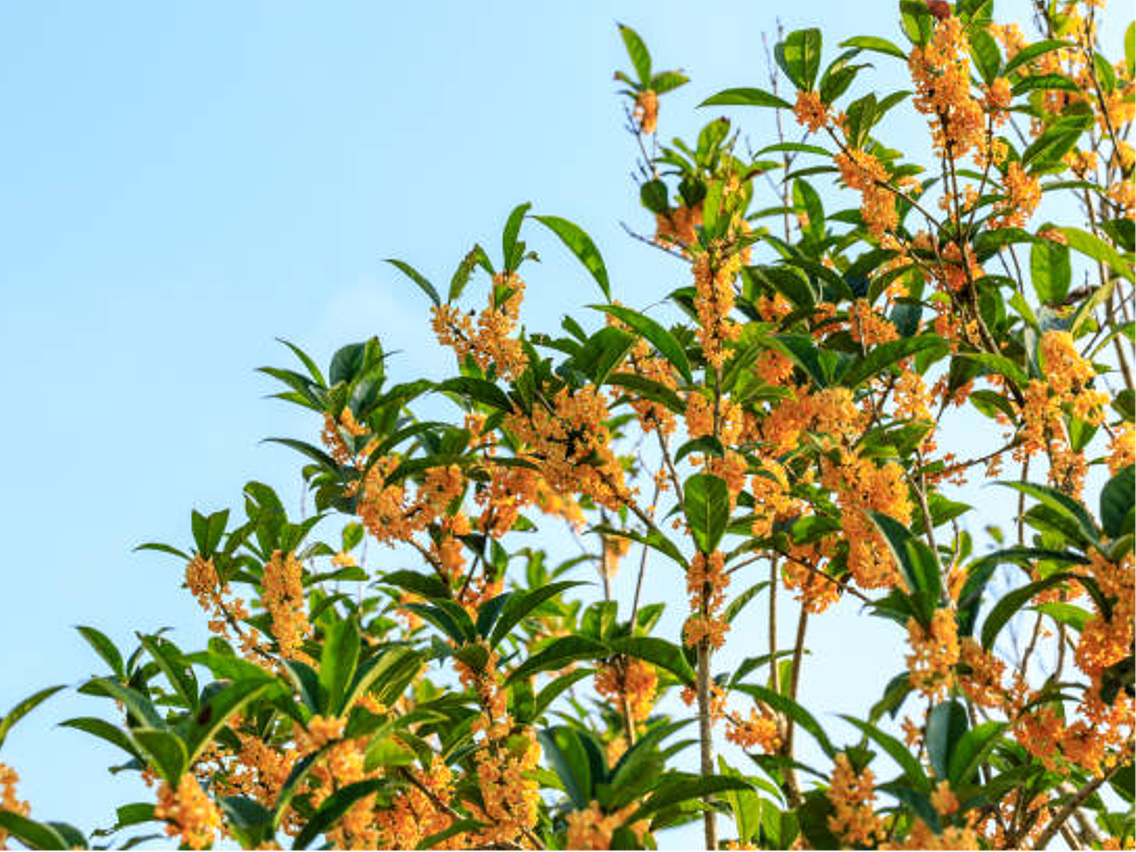Goldenberries

Common Names: Goldenberry, Cape gooseberry, Inca berry, Aztec berry, Giant ground cherry, African ground cherry, Peruvian groundcherry, Peruvian cherry, Pok pok, Ras bhari, Uvilla, Uchuva, Poha, Amour en cage, Physalis, Harankash, Poha, international: Physalis peruviana, English: goldenberry, origin: South America, Latin: Physalis peruviana
Latin Name: Physalis peruviana
Origin: Africa, Asia, South America
Short Introduction
Goldenberries are heat-loving plants that can be cultivated in most warmer regions. For optimal growth, goldenberries require temperatures between 16–25°C, lighter soils, and a high nutrient content. It is best to plant them in a spot with full sun exposure and protected from wind. They should be planted similarly to tomatoes, with compost or well-decomposed manure used for fertilization.
Seeds can be sown outdoors in mid-May at a spacing of 80x100 cm, or in an unheated greenhouse from late April to encourage earlier harvesting. A non-woven fabric mulch can be used as ground cover, and glass protection will further boost growth. Once robust enough, the plants are left to grow freely. Harvest typically begins from August until the first autumn frosts, and using mulch can advance the harvest by about three weeks. The yield from a single plant is commonly around 2 kilograms.
Goldenberries often grow wild along forest edges, roadsides, and stream banks, preferring altitudes of 500–2000 meters above sea level. They can form dense, continuous thickets and may displace native vegetation.
Detailed Description
A Peruvian herb renowned in traditional medicine for its use in cancer therapy.
Botanical Information
The goldenberry is a perennial herb with sparse branching and a woody base. In some regions, it is cultivated as a multi-year crop. The plant can grow up to 160 cm tall with an upright stem. The entire plant is densely covered with glandular hairs roughly 1 mm long. Leaves are alternate, petioled, 2–4 cm long, ovate, and pointed. Flowers are about 2 cm in diameter, growing from the leaf axils on drooping stalks. The calyx is bell-shaped and up to 5 cm long. Its fruit is an ellipsoid, sticky, yellow berry, 1–2 cm long.
Origin and Distribution
The goldenberry originates from tropical South America, specifically from areas that are now Peru, Venezuela, Ecuador, Chile, and Colombia. Its first artificial introduction outside this region was to South Africa at the beginning of the 19th century, followed by Australia. With rising popularity, goldenberry cultivation spread to other areas such as India, the Pacific Islands, the Caribbean, and New Zealand. Today, it is a common agricultural crop and is found naturalizing in the wild. In some parts of the world, it is even considered a weed. It is also grown in China, Thailand, and Egypt.
Usage / Dosage
The edible golden berry has a sweet-tart, aromatic flavor reminiscent of pineapple. It is ideal as a raw ingredient in salads, cakes, pastry products, jams, desserts, and more. The fruits may be enjoyed fresh, dried, preserved, candied, or prepared in compotes. Goldenberries are rich in polyphenols and carotenoids, both of which act as moderate to strong antioxidants, depending on concentration and disease context.
These bioactive compounds are frequently researched for antioxidant therapy in both inflammatory and non-inflammatory degenerative diseases. Goldenberries also contain melatonin, which has shown potential for supporting the treatment of neurodegenerative diseases. Current research suggests that melatonin may aid the healing of damaged nerve fibers and perhaps even stimulate the formation of new ones. Its possible role in the onset, development, and treatment of epilepsy is being investigated, as well as its potential in managing migraines.
Active compounds in goldenberries are linked with cancer research. Folk and traditional medicine ascribe to goldenberries a partial anti-cancer effect, particularly in the treatment of leukemia, and Western medicine is exploring the mechanisms behind these observations. In traditional practice, goldenberries are used for cancer (especially leukemia), asthma, hepatitis, rheumatism, and inflammatory skin conditions.
Other major constituents (especially pectin) are beneficial for and help regulate the digestive tract by soothing intestinal passage. Pectin may also trap dietary cholesterol and reduce its absorption, and it is thought to bind cholesterol in the bloodstream for elimination. Goldenberries can help reduce blood pressure and improve the activity and function of the central nervous system. Folk medicine values the plant as an excellent aid for learning difficulties and reduced concentration.
Traditional healers regard goldenberries as a natural ally against aging and recommend it as a remedy to delay aging and restore overall bodily well-being, often describing the plant as a herb of longevity. Traditional medicine considers goldenberries beneficial for weight loss and for supporting the fight against obesity on multiple levels. Due to its rich content of minerals, vitamins, fiber, and other nutrients, goldenberry consumption may reduce the need for additional foods.
Goldenberries are believed to offer a hypolipidemic effect and a mild hypoglycemic index. They support weight loss, boost metabolism, and promote the burning of fat stores.
The plant's contents also aid detoxification of the body and help purify plasma of foreign substances. Goldenberries increase kidney activity, facilitating quicker elimination of toxins from the body.
Active Compounds
According to the USDA, goldenberries are low in calories and provide moderate amounts of vitamins A, C, B1, and B3. They also contain polyphenols, carotenoids, melatonin, and pectin.
Traditional Dosage
Goldenberries are considered a superfood and, for transport, are typically dried. They can then be eaten throughout the day without restriction, having been officially categorized as a food that enhances quality of life. For optimal antioxidant benefit, a dose of 10–40 grams per day is recommended, depending on body weight, age, sex, physical activity, and health status. It is practically impossible to overdose on goldenberries; the body absorbs what it needs and naturally eliminates any excess. For best results, the daily amount should be divided into 2–3 equal portions.
